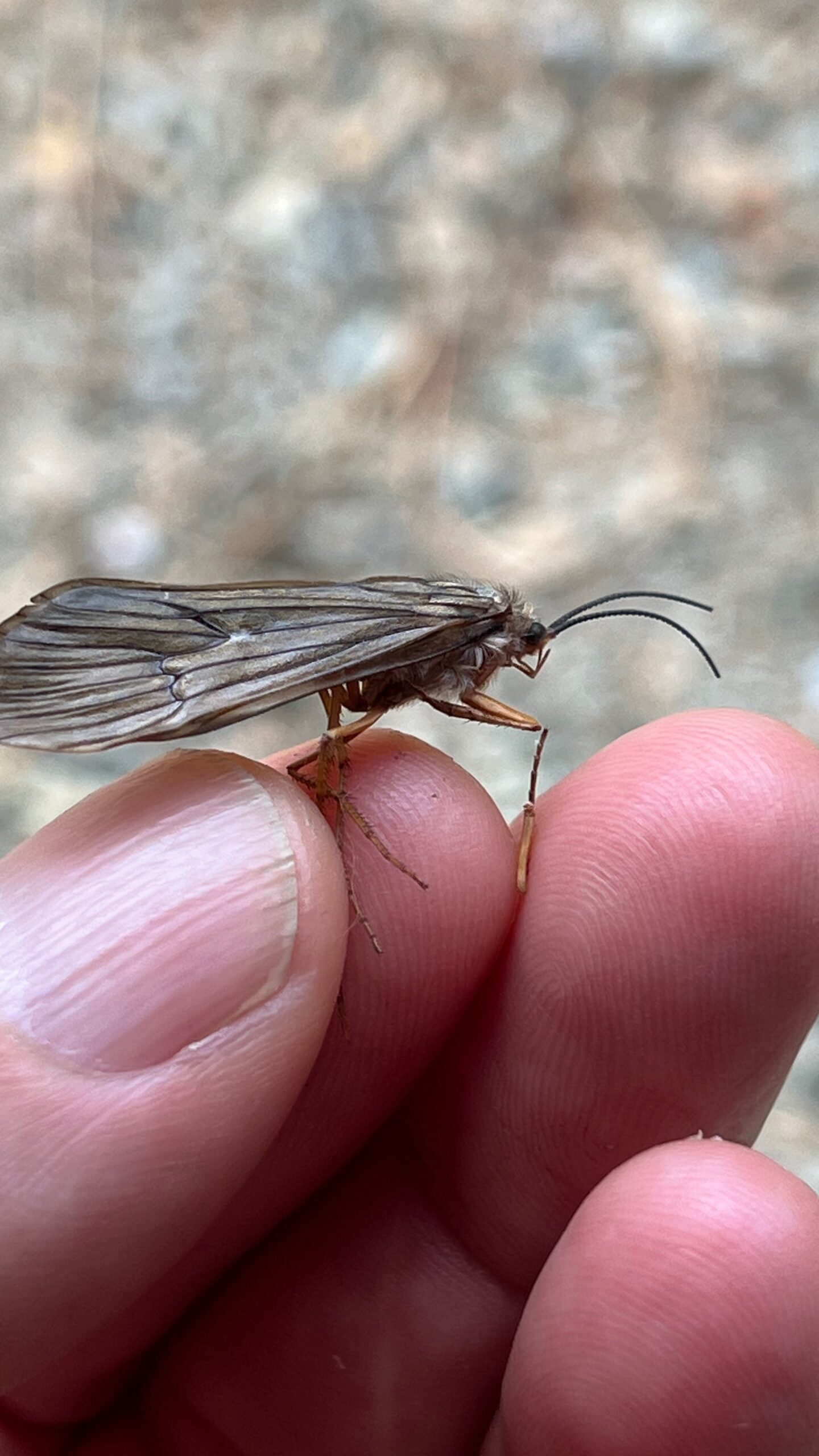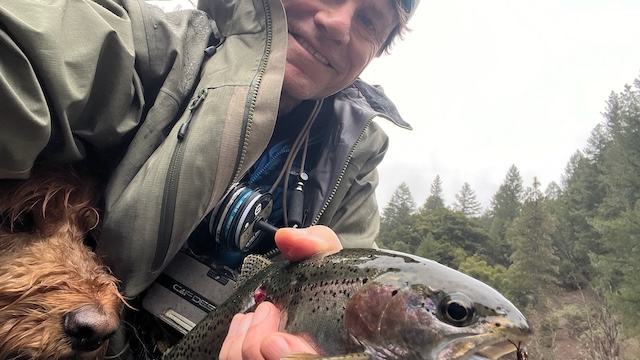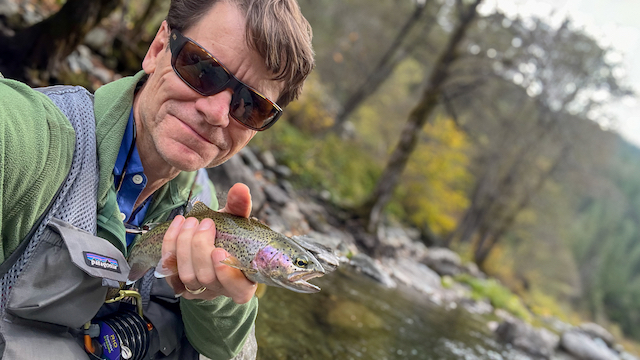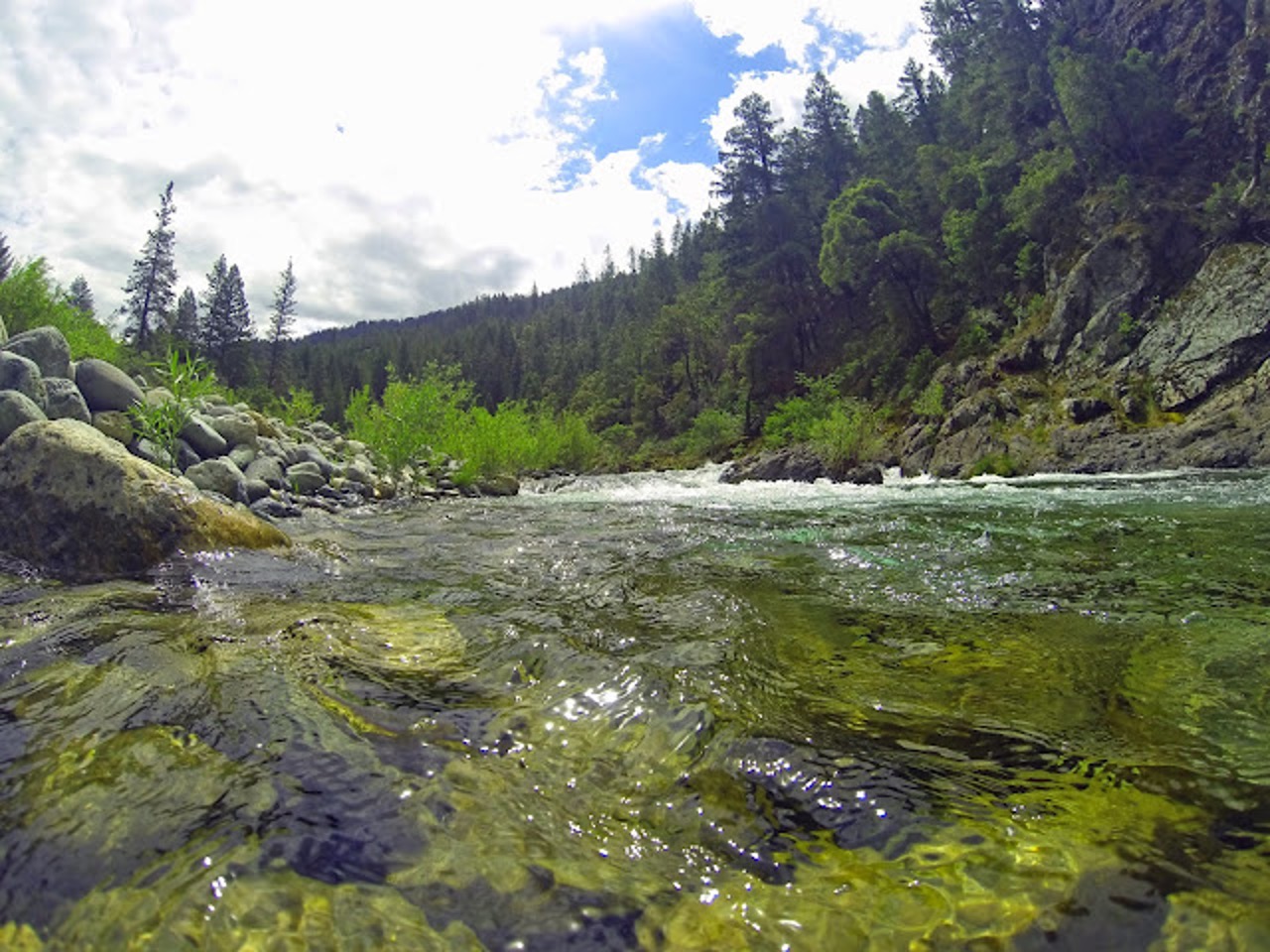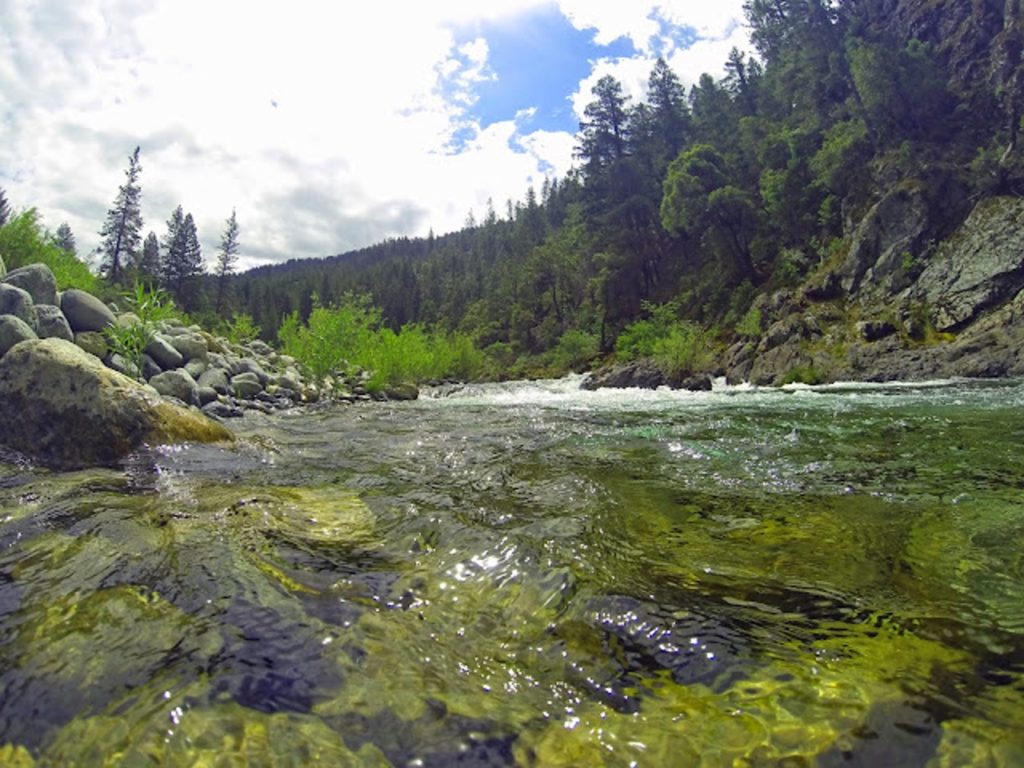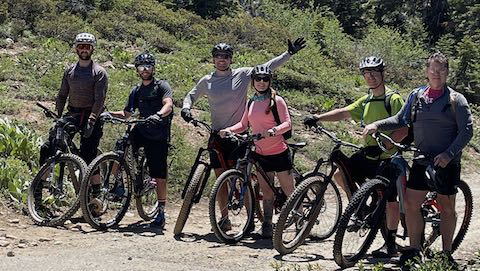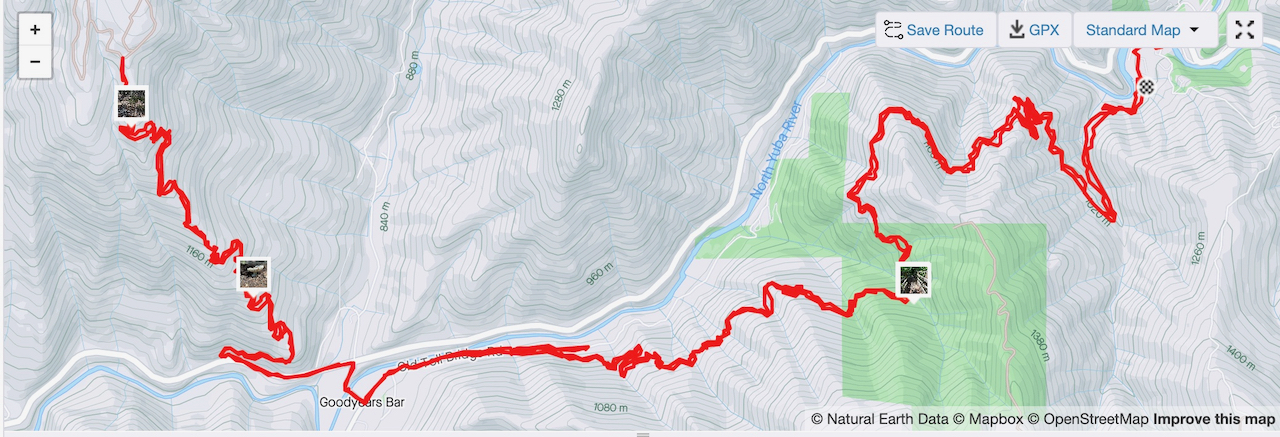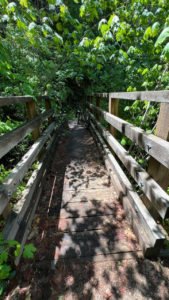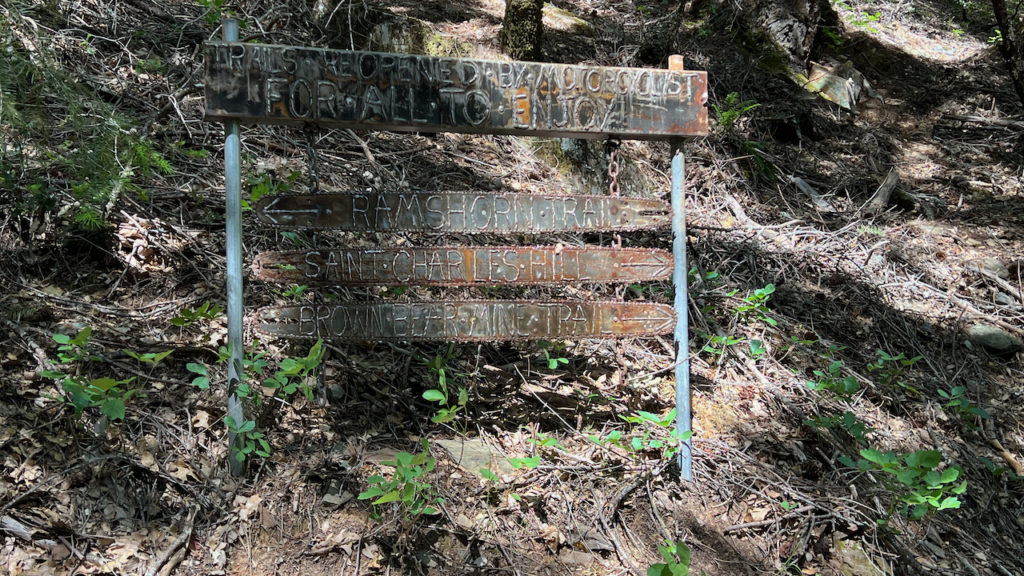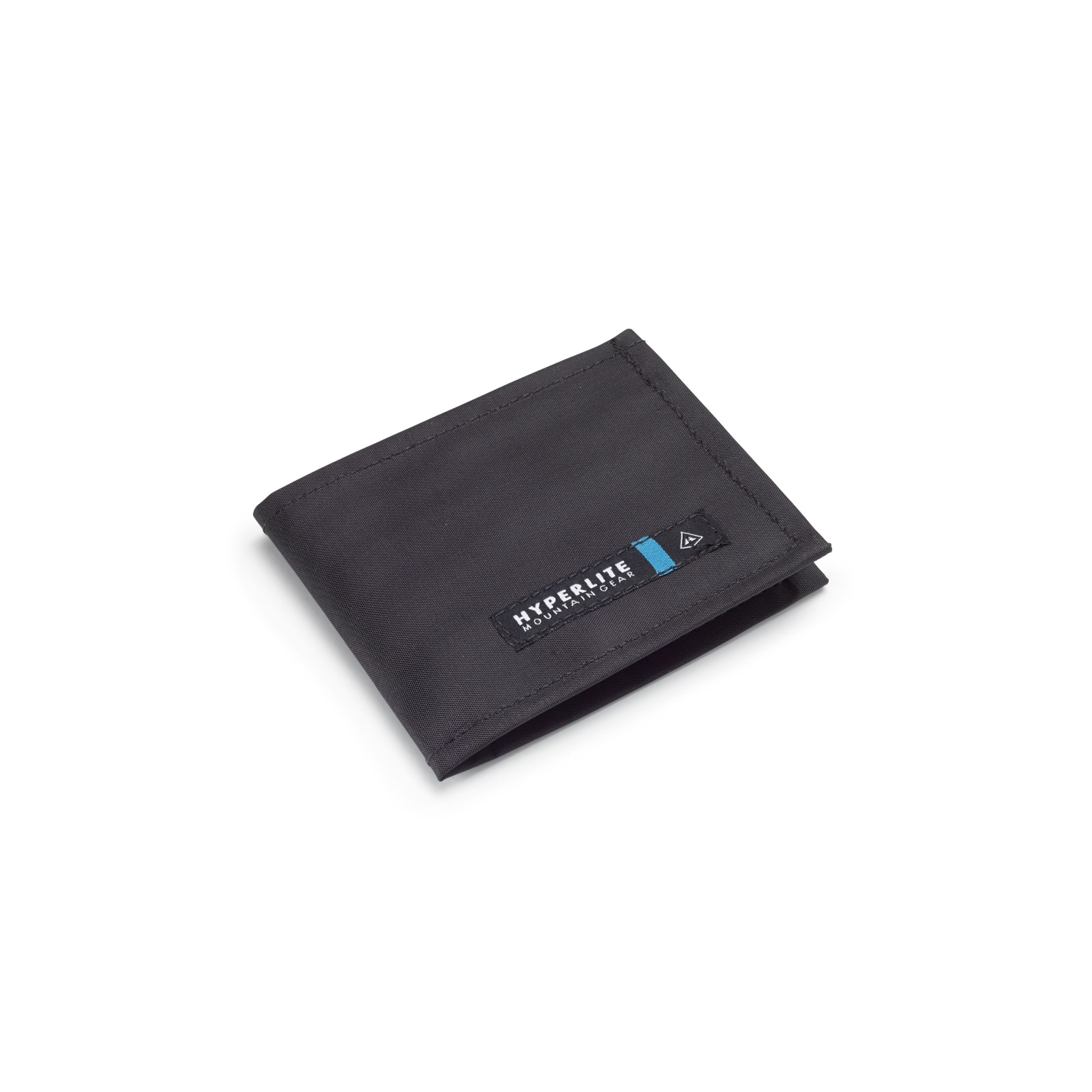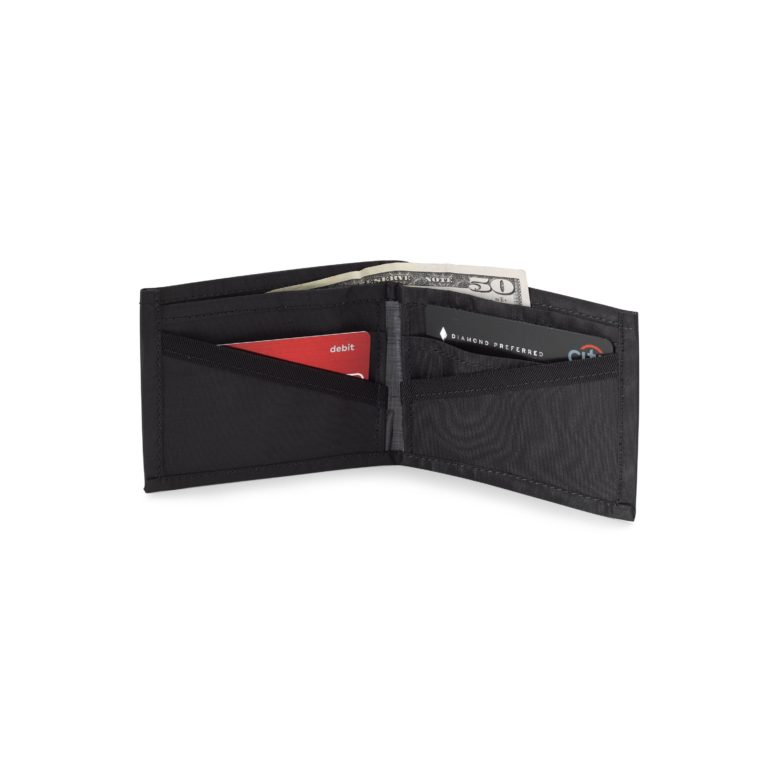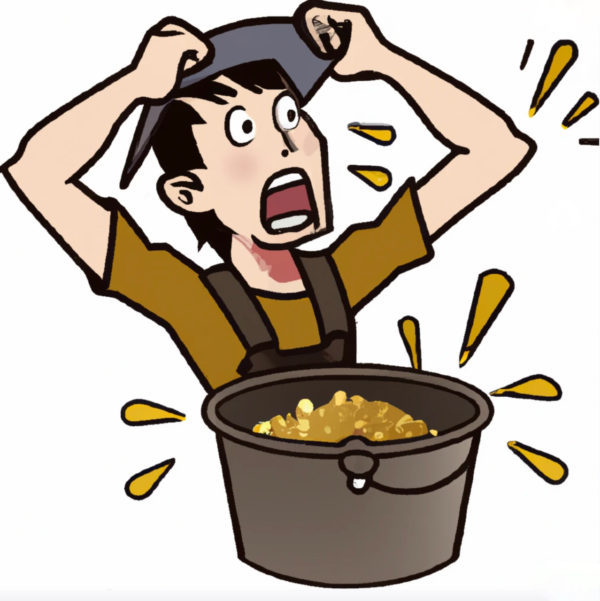Downieville’s fragile economy has been declining for years. The government, the largest employer in Sierra Country, faces challenges as billionaires reduce fire prevention efforts, leading to property value drops.
The following is from YubaNet.com, a local news outlet:
Last week, twenty-one people were reportedly fired from the Tahoe National Forest’s workforce of roughly 200 people. This has been described to us as Round #1 of reduction, leaving open the possibility of additional terminations. How do these firings affect people and projects in our area?
Executive orders and the resulting firings, funding freezes or cuts have local impacts that reach far beyond the people and their families terminated from their jobs. If you hope a fuels reduction project will be completed or even just think of using a bathroom in a campground, read on.
Fuel reductions and vegetation management impacts
Natural resources specialists and timber staff have been fired from the TNF. These people not only draw up the plans for fuel reduction projects, they go in the field to supervise work done on the projects. For example, areas designated as nesting areas may not be used by wildlife, natural resource specialists verify this on the ground and can then open these areas for timber harvesting or vegetation management. Otherwise, the operational periods to get this work done are severely reduced or projects can not be started or completed. Hazardous fuels reduction work may not occur without the work of biologists who ensure protection of species.
According to our sources:
- A terminated wildlife lead was critical in planning projects, and scheduling and performing a large workload of surveys that are required for vegetation management activities.
- A terminated harvest inspector came to this work without a timber background but stepped into the role on large projects in the Trapper project and others. With commitment to learn and excel, this person recently achieved the highest score in the region on the sale administration examination.
- A terminated NEPA coordinator stepped into a large program of planned work and quickly aligned the natural resource team in priorities and tight timelines. Plans for work near Pike, Camptonville, North San Juan, and critical access roads for many communities near the South Yuba drainage were completed or brought close to completion with this person’s coordination and leadership.
Most of the 21 people fired from the USFS on the Tahoe National Forest have firefighting certifications, known as a “Red Card.” The certification must be renewed every year and now is the time when the recertification and training for high fire season occurs.
The TNF received $5 million from the Collaborative Wildfire Risk Reduction Program announced by the Biden-Harris Administration on Sept. 10, 2024. The Collaborative Wildfire Risk Reduction Program used hazardous fuels funds from the Inflation Reduction Act to treat additional areas of high wildfire risk where national forests and grasslands meet homes and communities, known as the Wildland-Urban Interface. The funding for timber operations and vegetation management projects like the South Yuba Roadside Fuel Break Project for vegetation management work along Hwy 20 near Nevada City has been frozen, according to our sources.
Recreation impacts
Typically, Forest Service campgrounds on the Tahoe National Forest (TNF) open from Memorial Day weekend to Labor Day weekend (late May through late October) in the lower to mid-elevations. High Sierra campgrounds may open later due to snow. The campgrounds are managed and maintained by TNF staff, generally 5-6 permanent employees and 10-15 seasonal employees for each of the four ranger districts.
At this time, no new seasonal positions have been authorized. This means no trash service, no campground hosts, no bathroom maintenance or repairs to water systems.
The reservation system at www.recreation.gov does not provide any information about possible closures and is accepting reservations.
We have received unconfirmed information that contracts with local companies have been halted or canceled by ‘a Washington office.’ These contracts reportedly range from services to campgrounds to vegetation management.
Local agency impacts
The USFS also works in collaboration with local government agencies and non-profit organizations.
Nevada County’s response to our query on the effects of funding cuts or freezes:
At this time, no specific County programs are known to be directly impacted by the federal funding freezes, but we are closely monitoring potential effects on critical services. Currently, we’re looking at several federal grant-funded projects that could be impacted like shaded fuel break projects, hazardous vegetation work alongside evacuation routes and zero-emission transportation projects.
There are many unknowns and we’ve been in contact with community nonprofit providers to assess how funding disruptions could impact access to resources for our residents. Nonprofits have raised concerns about the inaccessibility of federal agencies and uncertainty of funding sources.
In response, we are working with our federal lobbyist, and next week, Chair Hall and Supervisor Bullock will be meeting with federal representatives while in Washington DC to advocate for Nevada County residents and elevate these concerns. We’re committed to working with community partners to maximize resources and share information with our residents.
The Nevada County Resource Conservation District has two programs impacted by funding freezes at this time:
- Community Wildfire Defense Grant $392,542 (USDA)
- The purpose of this project is to reduce hazardous fuels and restore frequent-fire ecosystems on private and residential lands through broadcast prescribed fire training. The primary goal is to enhance the capacity of Nevada County residents to conduct prescribed burns. This initiative is particularly critical as 90% of Nevada County lies within very high or high fire hazard severity zones. Two personnel staff have been put on furlough and the program is on hold until payment for services rendered is received and future funding is approved.
- NRCS Technical Support $75,000 (USDA)
- In partnership with the U.S. Department of Agriculture’s Natural Resources Conservation Service (NRCS), NCRCD continues to provide technical assistance and project management across a range of natural resource conservation practices. These efforts support diverse land uses and promote sustainable resource management. This grant was funded with IRA funding. This current agreement is completely on hold. No payments received to date and no personnel allowed to bill. This grant affects the billing for one staff member.
Emily Blackmer, Director of Government Affairs for Sierra Business Council, commented:
The hiring freeze and firings put critical USFS activities at risk. As managers scramble to understand the order and which employees are exempt and which are not, all hiring has stopped and many long-term civil servants have already been fired. Seasonal firefighters, many of whom return to the BLM and USFS year after year, are left in limbo and are moving on to other opportunities. Years of experience, institutional knowledge, and community relationship-building have been thrown out the window.
Sierra communities depend upon access to federally managed public lands for a substantial portion of our economic activity. If campgrounds, trailheads, National Parks and other recreation sites close because there is no one to maintain them, many small businesses will be hurt by a season of reduced revenue, and some may never recover. They need public lands to operate to thrive.
No unit-specific information available?
Officially, the various National Forests are not authorized to comment on the situation and refer all media questions to the Regional Office (RO) and the Washington Office (WO.) After several days, we received a reply to our request for comment, not from the Forest Service, but from a USDA spokesperson. No unit-specific information was provided. The statement has been the standard response to questions from journalists.
The response reads:
Secretary Rollins fully supports the President’s directive to improve government, eliminate inefficiencies, and strengthen USDA’s many services to the American people. We have a solemn responsibility to be good stewards of the American people’s hard-earned taxpayer dollars and to ensure that every dollar spent goes to serve the people, not the bureaucracy. As part of this effort, USDA has made the difficult decision to release about 2,000 probationary, non-firefighting employees from the Forest Service. To be clear, none of these individuals were operational firefighters. Released employees were probationary in status, many of whom were compensated by temporary IRA funding. It’s unfortunate that the Biden administration hired thousands of people with no plan in place to pay them long term. Secretary Rollins is committed to preserving essential safety positions and will ensure that critical services remain uninterrupted.
USDA spokesperson
Probationary employees are not just new hires, they can also be longtime employees promoted to a new position.
The funding allocation via the Inflation Reduction Act (IRA) was $36 Billion over 10 years for USDA alone. The Forest Service was set to receive $1.5 Billion to support urban and community forestry.
The term ‘operational firefighters’ does not exist in the USFS classification. According to the Office of Personnel Management (OPM) “Position Classification Standard for Wildland Fire Management” manual:
The basic title for positions that involve wildland firefighting operations is: Wildland Firefighter – For positions that involves performing, managing, and supervising wildland fire work to include pre-response preparation, engagement, mitigation activities, and post-response actions, engagement with pre-response mitigation or preparation, incident response and post-incident response for wildland fire incidents and all-hazard responses. Work may involve all manners of fire suppression, fire management, and fuels management duties to include fire preparedness, suppression, and/or fuels. Work may involve response to emergency medical incidents. Coverage additionally includes suppression work performed on organized Interagency Hotshot Crews (IHC) and work performed on organized Handcrews.
Firefighters need support services provided by many other branches of their agency. Logistics, fleet, planning, medical, facilities, finance, procurement, resources, planning are a few of the units involved in large fires via the Incident management Teams. Post-fire, Burnt Area Emergency Response (BAER) teams are responsible to mitigate the effects of a wildfire.
BAER teams are staffed by specially trained professionals: hydrologists, soil scientists, engineers, biologists, vegetation specialists, archeologists, and others who rapidly evaluate the burned area and prescribe emergency stabilization treatments. A BAER assessment usually begins before the wildfire has been fully contained. [source: USDA Forest Service]
Impacts on private landowners
Inflation Reduction Act Section 23003 authorized the U.S. Forest Service to engage private forest landowners by supporting:
- Cost share for climate mitigation and forest resilience practices.
- Participation in emerging private markets for underserved landowners and landowners who own less than 2,500 acres.
- Payments for implementation of forestry practices that provide measurable increase in carbon sequestration and storage. [source: USDA Forest Service]
In California, $19.5 billion of IRA funds were allocated to support USDA’s conservation programs within Natural Resources Conservation Service (NRCS), beginning in fiscal year 2023, and continuing over the following four years. This included:
- $1 billion for the Conservation Technical Assistance Program
- $8.45 billion for the Environmental Quality Incentives Program
- $4.95 billion for the Regional Conservation Partnership Program
- $3.25 billion for the Conservation Stewardship Program
- $1.4 billion for the Agricultural Conservation Easement Program [Source: USDA NRCS]
Requests for comment on NRCS funding availability have not been returned by publication time.



